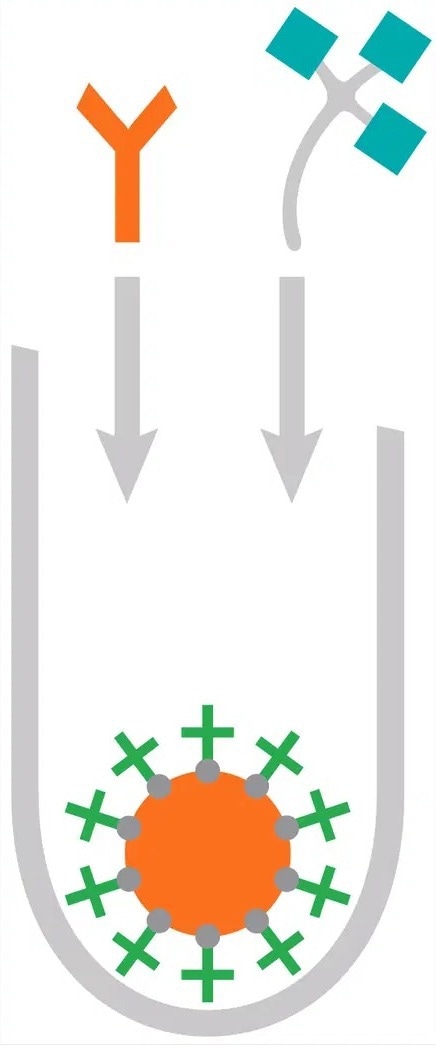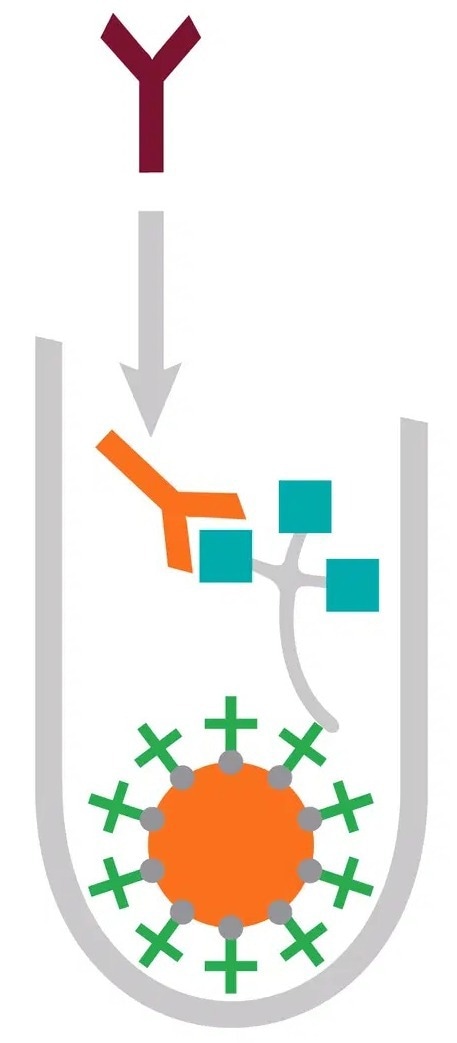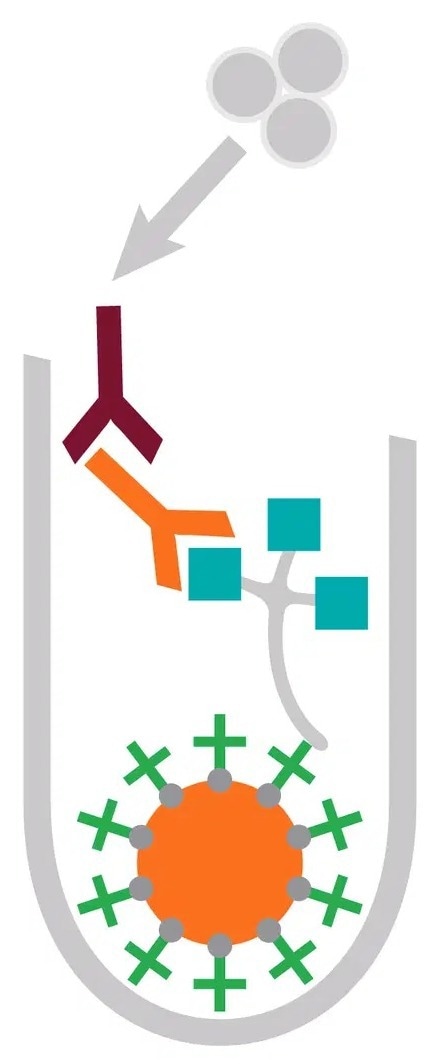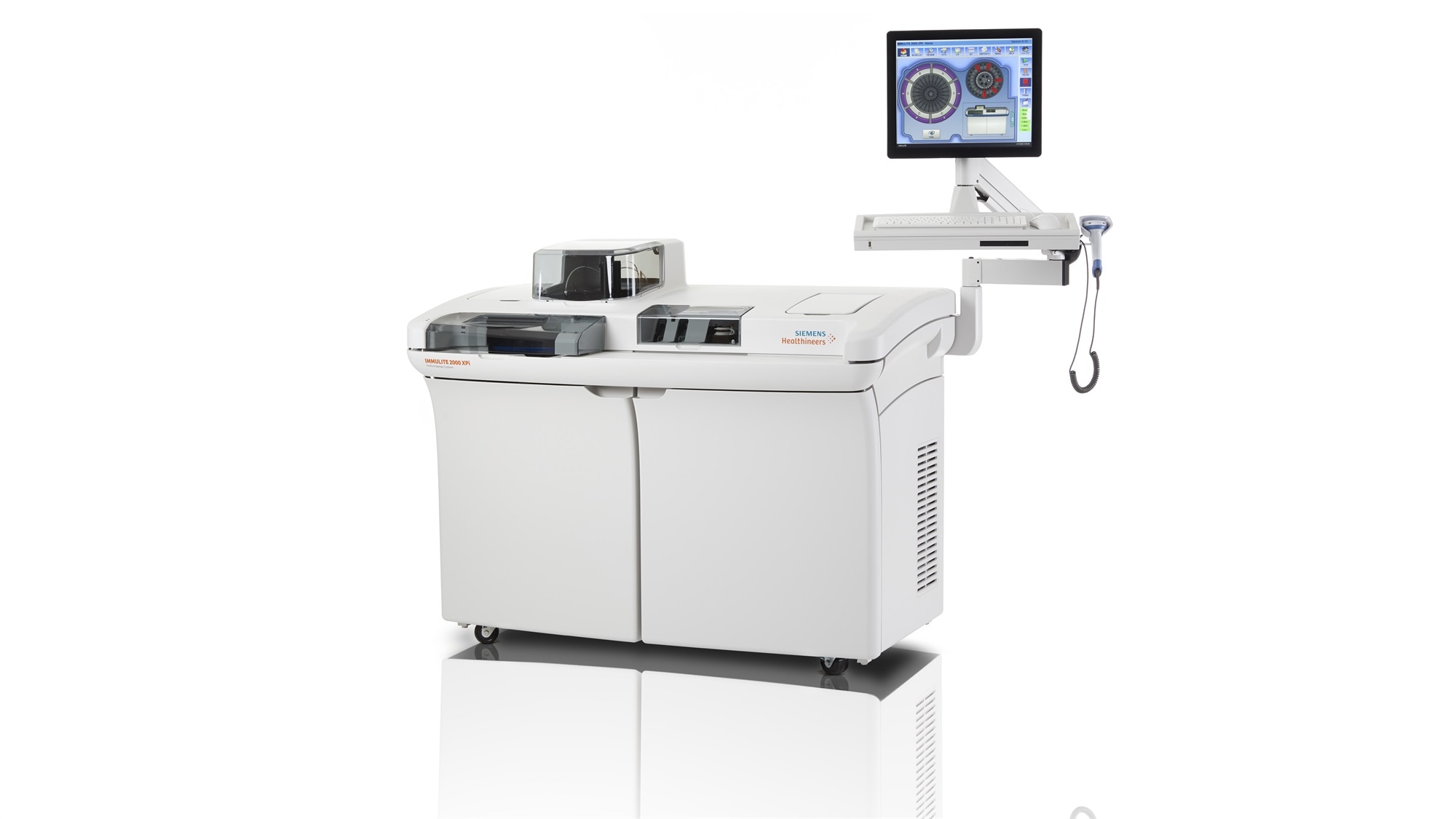For over five decades, the prevalence of allergic diseases has continued to rise in the industrialized world. Global sensitization rates to one or more common allergens amongst school children are approaching around 40 to 50%.1
A clinical history of gastrointestinal, skin or respiratory symptoms suggestive of allergy frequently results in allergen-specific IgE testing.
The IMMULITE® 2000/2000 XPi 3gAllergy™ Specific IgE assay helps to enhance patient care with reliable results from a simple blood test that uses quality extracts thoroughly evaluated for potency and allergenic composition.
With the help of IMMULITE 2000/2000 XPi Immunoassay System, scaling your allergy and specialty test offerings feels routine.
3gAllergy Specific IgE assay components
- Specific allergens and mixed allergen panels: When an allergic patient is tested, a reactive result may indicate a response to a specific allergen or a mix of allergens. Specific allergens and mixed allergen panels require the Universal Kit.
- Universal Kit: All specific allergens and mixed allergen panels run with the Universal Kit to provide a result from the patient sample. One master curve applies to all specific allergens and mixed allergen panels.

Image Credit: Siemens Healthineers
Increase confidence in allergy results
The 3gAllergy Specific IgE assay uses third-generation chemiluminescent technology and proprietary liquid allergens that preserve their native conformational structure, maximizing binding and resulting in standardized, quantifiable results for informed decision making.
3gAllergy Specific IgE assay sequence
Serum and liquid-specific allergens incubate with an anti-ligand-coated polystyrene bead.

Image Credit: Siemens Healthineers
Ligand-labeled liquid allergens bind to serum IgE antibodies and to the anti-ligand-coated bead.

Image Credit: Siemens Healthineers
Alkaline phosphatase-conjugated monoclonal anti-IgE is added and binds to serum IgE.

Image Credit: Siemens Healthineers
A chemiluminescent substrate is added, and light is emitted to provide a quantitative IgE result.

Image Credit: Siemens Healthineers
Improve operational efficiency
-
Improve productivity with a patented, high-capacity allergen wedge: Each allergen wedge could be tailored with up to six user-defined and bar-coded allergen vials. As many as 23 wedges plus a universal reagent wedge suit on each carousel for a complete capacity of up to 138 allergens onboard and a total of 5520 test capacity.
-
Minimize waste and eliminate errors: Reagent onboard stability of 90 days helps reduce waste. Bar-coded allergens eliminate errors. All allergen data has been scanned from the wedge.
-
Extensive allergy menu: A comprehensive menu of more than ~500* panels, allergens, and components across drugs, animals, dust, grasses, foods, mites, molds, insects, occupational, trees, weeds, and parasites.
Run allergy testing with your routine and specialty immunoassays
Consolidating multiple tests on a single, user-friendly, and compact analyzer—including allergy and a wide range of specialty offerings—the IMMULITE 2000 XPi Immunoassay System makes it easy to scale your capabilities without disrupting regular, daily operations.
- Fast turnaround time of 65 minutes.
- Ready-state functionality allows operations to resume according to your defined workflow.
- Automated daily maintenance with AutoStart provides high reliability with minimal operator intervention.

Image Credit: Siemens Healthineers
* Menu outside the U.S.
1. Pawankar R, Walkter Canonica G, Holgate ST, Lockey RF, Blaiss MS. Executive summary; WOA white book on allergy. 2013. World Health Organization. Available from: https://pubmed.ncbi.nlm.nih.gov/22157151/
The products/features (mentioned herein) are not commercially available in all countries. Due to regulatory reasons, their future availability cannot be guaranteed. Please contact your local Siemens Healthineers organization for further details.